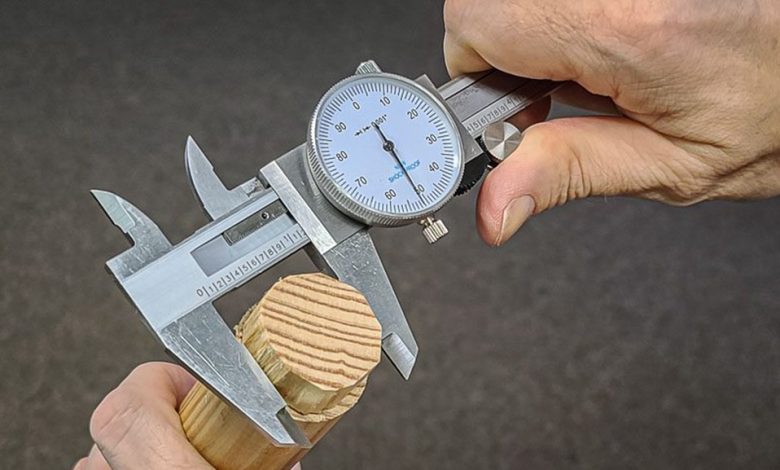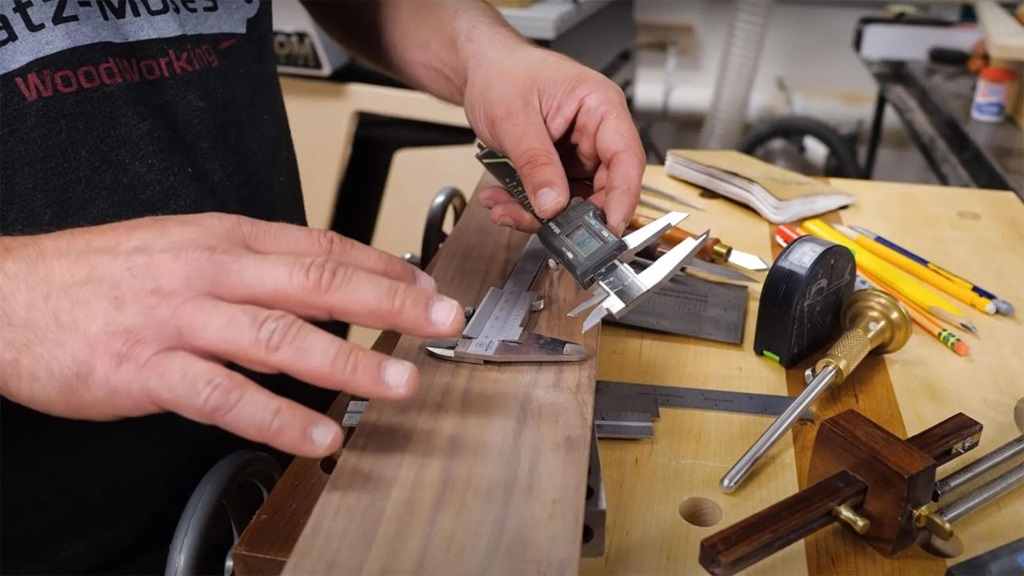
In the world of woodworking, precision is paramount. A slight miscalculation can lead to misaligned joints, ill-fitting parts, and ultimately, a compromised project. This is where calipers come into play. These versatile measuring tools offer an unparalleled level of accuracy, making them an indispensable asset for both novice and experienced woodworkers alike. The content is provided by Best USA Tools.
Understanding Calipers
Calipers are precision measuring instruments designed to measure internal and external dimensions, depths, and step distances. They come in various types, including dial calipers, digital calipers, and Vernier calipers, each with its unique features and benefits.
Dial Calipers feature a circular dial with a needle that indicates the measurement. They are known for their ease of use and affordability.
Digital Calipers provide measurements on an easy-to-read digital display, eliminating the need for interpreting fine lines on a scale. They are highly accurate and often come with additional features like zeroing and data hold functions.
Vernier Calipers are the most traditional type of calipers. They require some practice to read accurately but are known for their durability and reliability.
Why Calipers are Essential in Woodworking
- Precision: Calipers offer a high degree of accuracy, often measuring to the thousandth of an inch. This level of precision is crucial for ensuring tight joints and seamless connections in woodworking projects.
- Versatility: Calipers can measure a wide range of dimensions, including internal and external diameters, depths, and step distances. This makes them a versatile tool for various woodworking tasks.
- Ease of Use: While Vernier calipers may require some practice, dial and digital calipers are relatively straightforward to use. Their simple design and clear displays make them accessible for woodworkers of all skill levels.
- Durability: Calipers are typically made of sturdy materials like stainless steel, ensuring they can withstand the rigors of regular use in a workshop environment.
How to Use Calipers in Woodworking
Using calipers may seem intimidating at first, but with a little practice, it becomes second nature.
Here’s a basic guide on how to use them:
- Zeroing: Before taking any measurements, it’s important to zero the calipers. This ensures that the starting point is accurate.
- Measuring External Dimensions: To measure the caliper outside diameter of an object, open the jaws of the calipers and gently close them around the object until they make contact. The measurement will be displayed on the dial or digital screen.
- Measuring Internal Dimensions: To measure the inside diameter of an object, use the smaller jaws located at the top of the calipers. Insert them into the object and gently expand them until they contact the inner walls.
- Measuring Depth: To measure the depth of a hole or recess, use the depth rod located at the end of the calipers. Insert it into the hole and gently press until it makes contact with the bottom.
Related: What to Do When a Screw Turns but Won’t Come Out?
Tips for Choosing the Right Calipers
When choosing calipers for woodworking, consider the following factors:
- Accuracy: Choose calipers that offer the level of accuracy required for your projects. Digital calipers generally offer higher accuracy than dial or Vernier calipers.
- Features: Consider additional features like zeroing, data hold, and fractional reading, which can enhance the usability of the calipers.
- Durability: Choose calipers made of high-quality materials that can withstand regular use in a workshop environment.
- Price: Calipers range in price depending on their type and features. Set a budget and choose the best calipers you can afford within that budget.
Conclusion
Calipers are an indispensable tool for woodworkers who demand precision and accuracy in their projects. By understanding the different types of calipers, their benefits, and how to use them effectively, you can elevate your woodworking skills to the next level. Invest in a good pair of calipers and unlock a world of possibilities for your woodworking endeavors.
Remember, practice makes perfect. The more you use your calipers, the more comfortable and proficient you will become. Don’t hesitate to experiment with different types of calipers to find the ones that best suit your needs and preferences.

